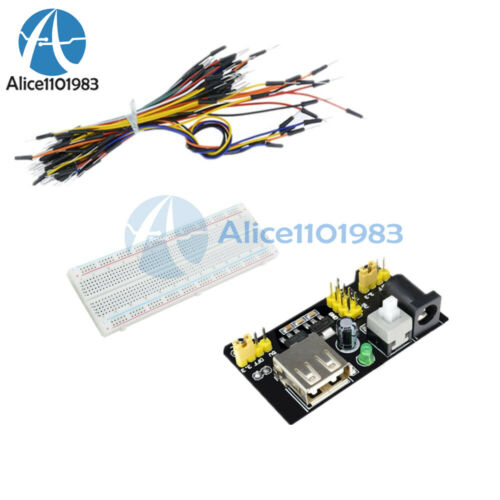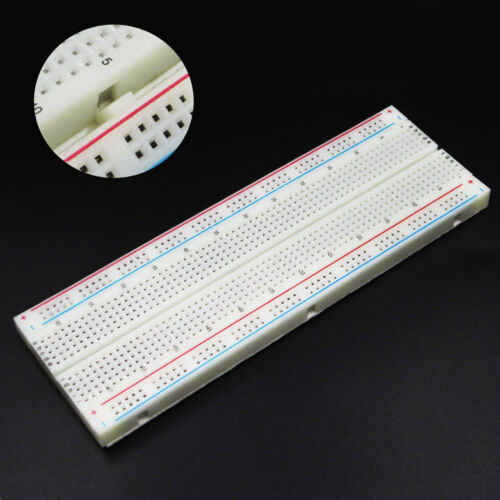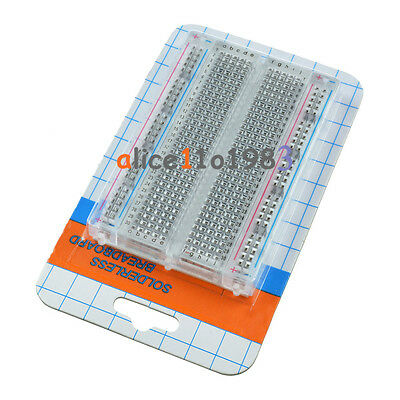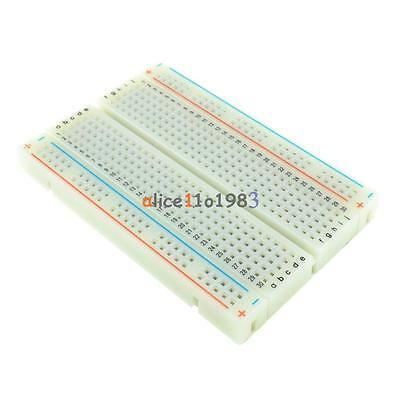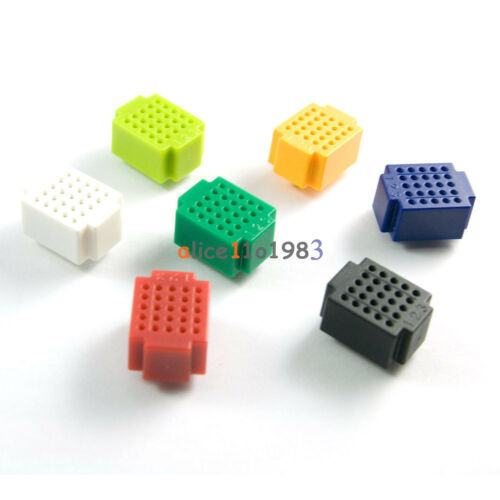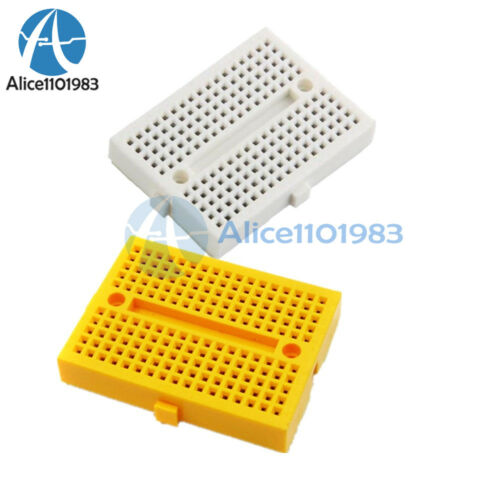-40%
E-Blocks Servo Board, Eight 3-pin Interfaces, 5V, Non-5V Option
$ 10.56
- Description
- Size Guide
Description
E-Blocks Servo Board, Eight 3-pin Interfaces, 5V, Non-5V OptionEB059
This is a
downstream
E-blocks peripheral module, designed to be controlled by one of the
upstream E-blocks
processing boards which are available in a variety of MCU/CPLD architectures.
8 individual servo channels
Standard 3-pin servo motor interfaces
Provides power and ground to servo motors
Works with any 5V system
Pads available to install components for supporting non-5V systems
This E-Block allows up to eight servo motors to be connected to an E-Blocks system for use with the Flowcode Servo component. Up to eight channels can be controlled individually for connection to devices such as servo motors or brushless electronic speed controllers.
E-Blocks Servo Board Resources
EB059 Example Code for Flowcode
(V4 and above)
EB059 User Manual
Test Routine
(requires
EB006
, PIC16F877A MCU, and your own servo motors)
E-Blocks Overview
E-Blocks are small circuit boards each of which contains a block of electronics that you would typically find in an electronic system. Each E-Block performs a separate function as either an input sub-system, an output sub-system, an input/output sub-system or a processing sub-system.
E-Blocks can be put together to form a variety of systems that can be used for teaching and learning electronics, and for the rapid prototyping of complex electronic systems.
Each E-Block has one or more 9-way D-type connectors that provide up to eight input/output lines and a ground line. These D-type connectors allow connection between E-Blocks to be made in buses of multiples of
8 lines,
just like a real electronic system. Power is routed separately to those E-Blocks that need it.
Processing E-Blocks based on PIC, dsPIC, ARM or AVR microcontrollers control the whole E-Blocks system. Processing E-Blocks provide up to five input/output ports with up to eight lines per port.

